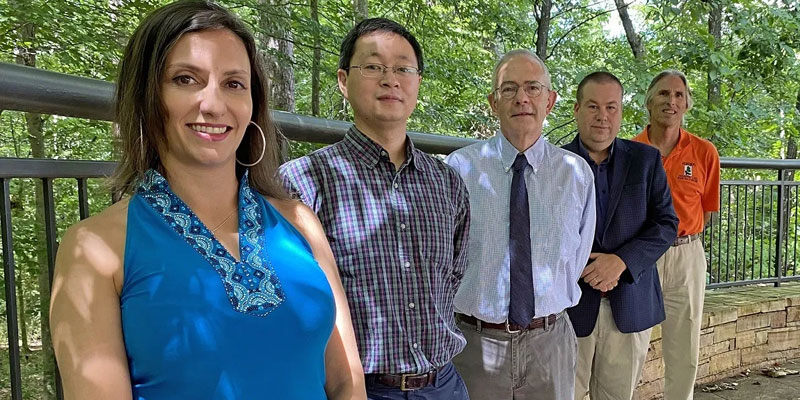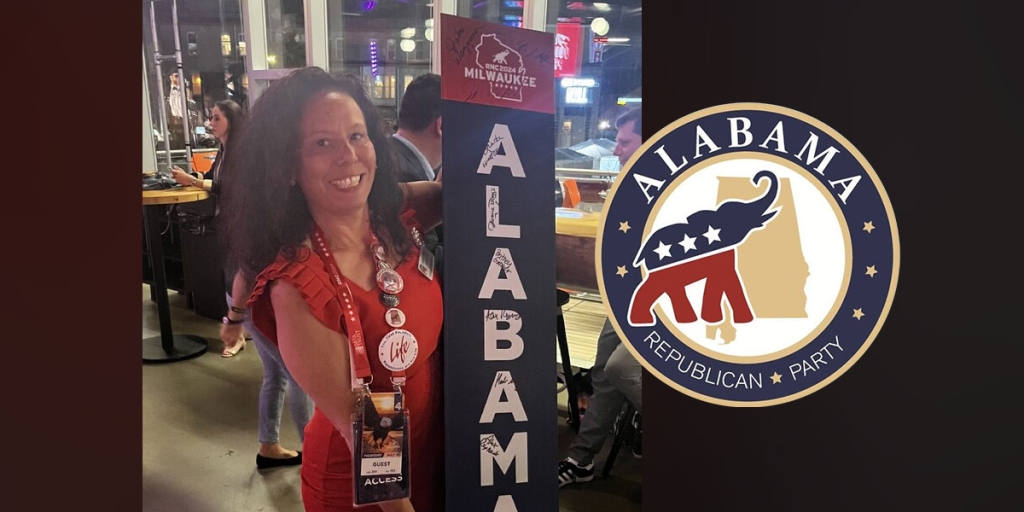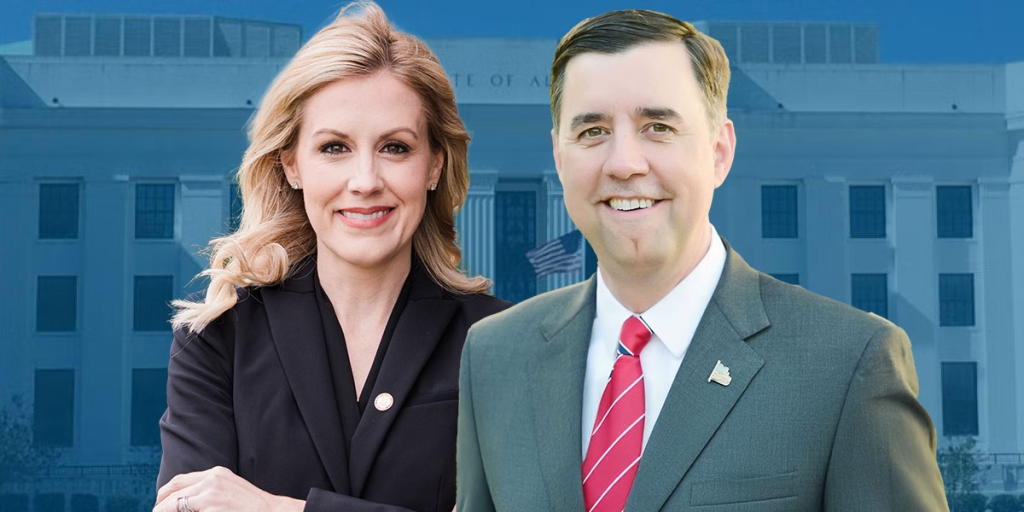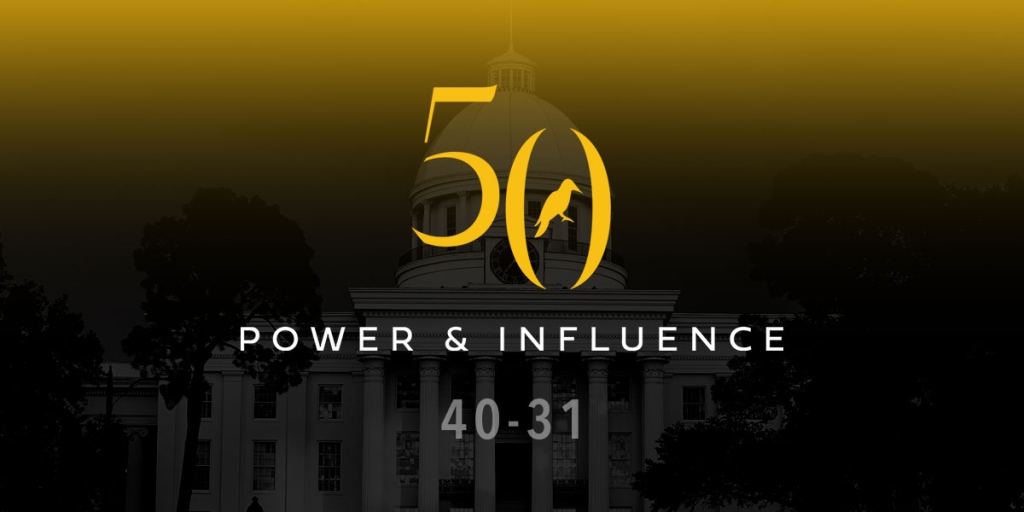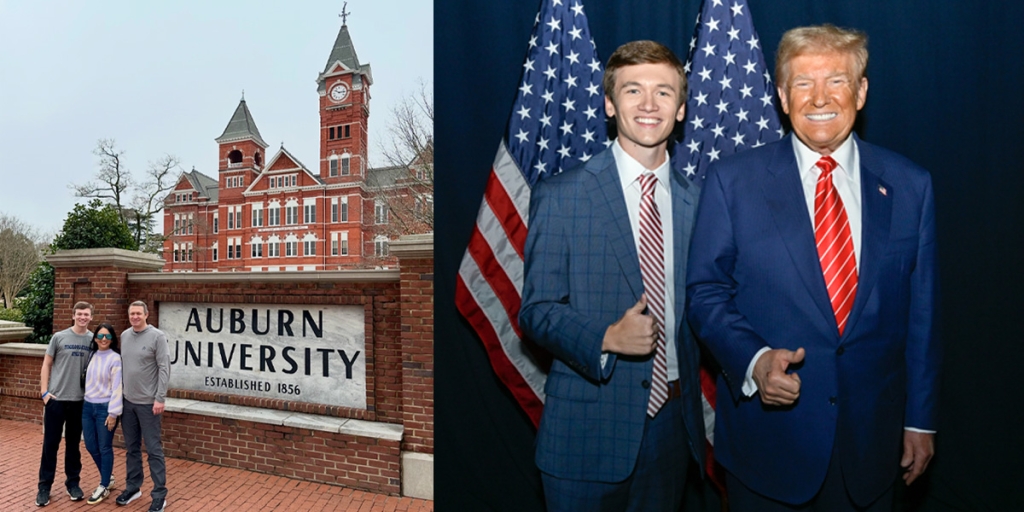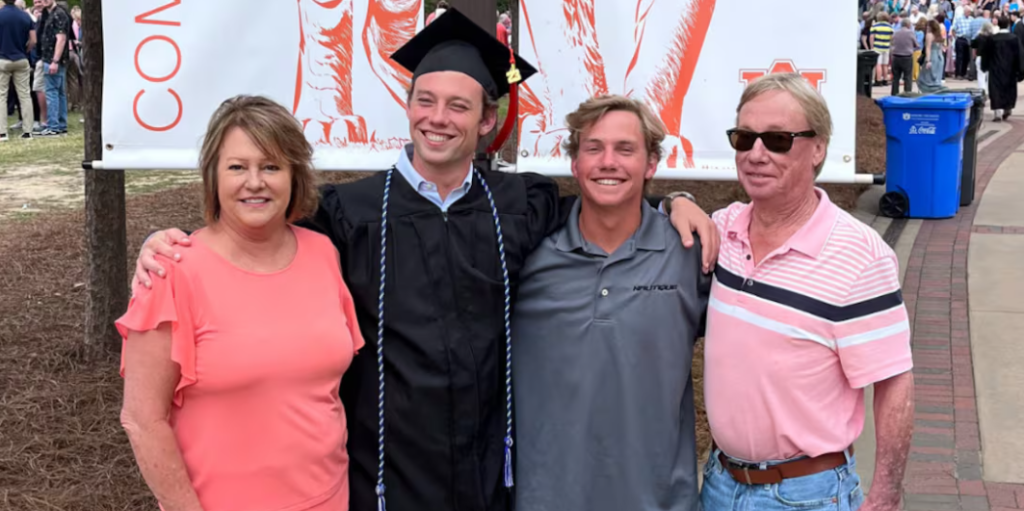A team of researchers from Auburn University’s School of Forestry and Wildlife Sciences is exploring ways to give new life to downed timber that has been decimated by hurricanes.
The body of research, coined “The Downed Timber Initiative,” aims to develop methods of retrieving fallen trees and branches that would otherwise go to waste or become fuel for wildfires, and then develop innovative products from the salvaged wood.
The research is funded by a $1.05 million federal appropriation to the U.S. Forest Service. The funds will be allocated to four Auburn research teams led by faculty members Sole Peresin, assistant professor of forest biomaterials; Tom Gallagher, the Regions Professor of Forest Operations; Brian Via, the Regions Professor of Forest Products; and Yucheng Peng, assistant professor of sustainable packaging systems. Each researcher will work with a Forest Service representative.
Graeme Lockaby, the Clinton-McClure Professor in the School of Forestry and Wildlife Sciences, said the idea began as he spoke to landowners who were facing the ravages of Hurricane Michael, a Category 5 tropical storm that made landfall Oct. 10, 2018, and obliterated hundreds of millions of dollars’ worth of timber in the Southeast.
Landowners had just 30 days to extract downed timber because the region’s hot, wet climate leads to rapid decomposition. Lack of access to the wood for extraction exacerbated the dilemma. In addition, the immense volume of flattened timber in hurricane-affected areas quickly saturates the market, resulting in dropping wood prices as mill quotas overflow.
When landowners asked for solutions, Lockaby had to tell them, “At this point, there’s not very much you can do.”
That led to discussions with a group of faculty, which envisioned developing a harvesting machine component capable of extracting fallen timber and the potential for making commercially valuable products from partially decayed wood.
Lockaby said research often doesn’t translate well to the people it will benefit most. This case was an exception.
“Our work is technical. We’re passionate about it, but it’s difficult to understand if you’re not trained in a specific discipline. Oftentimes, people wonder, ‘How relevant is that? Is it going to touch my life?’” he said. “This will clearly touch people who live in those areas, especially forest landowners who depend on timber sales.”
Hurricanes break off, tangle and lay timber horizontally, Gallagher said, making harvesting difficult when using the equipment currently available. He is developing an attachment that loggers could borrow – rather than buy – to make collecting scattered timber easier.
Via is developing methods to use acoustics to measure timber strength and degradation of downed timber as a resource for making cross-laminated timber, or CLT, which is lumber glued together into three or more layers.
“Stronger timber can be sent for use in structural applications like lumber and CLT, while partially degraded timber might be salvaged into other product areas,” Via said.
Timber rated as “weak” or “degraded” by acoustics will be sent to develop other product streams, such as wood composites, nanocellulose and wood-plastic composites.
Peng will use quality wood fibers from downed timber to develop bio-based composites for value-added applications in automobiles, construction and packaging.
“The goals are to maximize the utilization of our renewable natural resources for sustainability and to get the maximum return for the landowners, lowering their loss during natural disasters,” Peng said.
Peresin will work with the USDA Forest Products Lab to process partially decayed timber into micro/nanomaterials, or CNMs, which will form the basis of an array of products that will allow harvested downed timber to penetrate large markets. Her team will upscale CNM production and design bio-based carriers for pesticides and controlled-release nutrients for soil remediation.
“The innovative research of our faculty has the potential to offer significant business and economic opportunities to the forest industry,” said Janaki Alavalapati, dean of the School of Forestry and Wildlife Sciences.
This story originally appeared on Auburn University’s website.
(Courtesy of Alabama NewsCenter)




